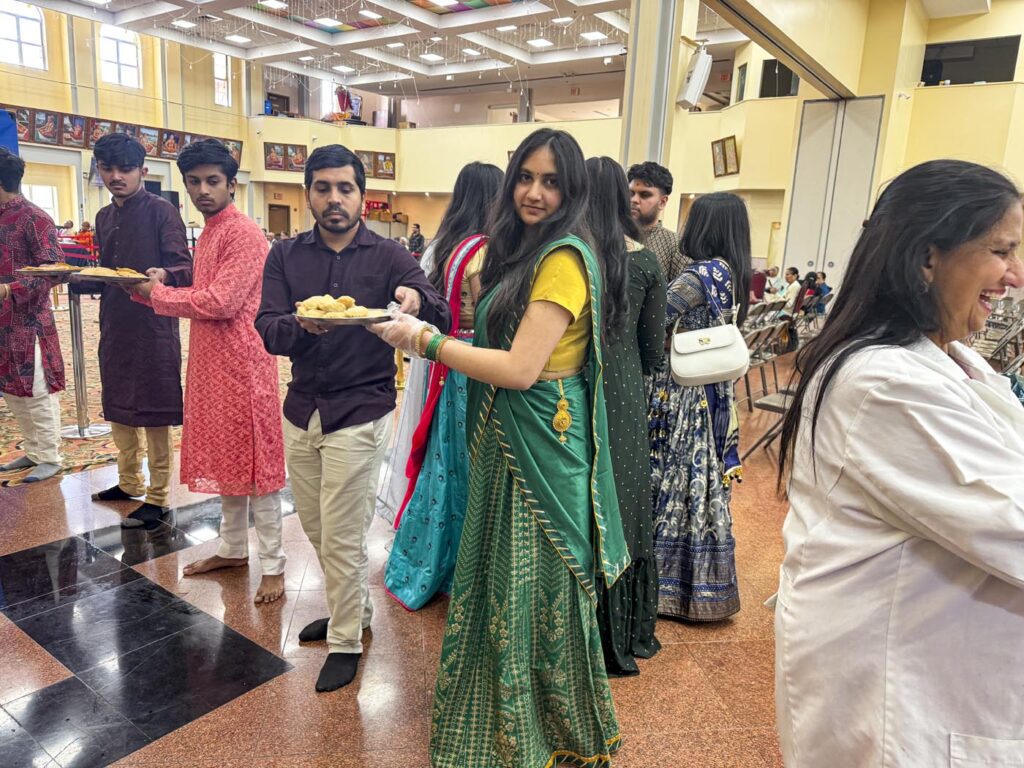Selfless service builds character during our formative teen years
By Bhoomi Jobanputra, New York
Do you ever feel like you are juggling a million things as a teenager in high school? Imagine these scenarios:
Maya is totally swamped with AP everything, SAT/ACTs, sports, extracurriculars, stressing about college apps and so on. However, she still finds time to tutor younger students at the local community center. It is not just “because it looks good for colleges,” even though it kind of does, but she actually feels a genuine satisfaction in witnessing that spark of understanding in a child’s eye.
Then there is Rohan, who spent his entire summer break sweating it out at the temple, organizing a huge cleanup initiative for the annual Patotsav.
Also, there is Priya, who ran a bake sale every weekend to fundraise for the cost of the repairs of the aging Shikhar (roof tower) of the temple.
What do all these “superheroes” have in common? They use their innate power of helping others. It is way more than just checking off the volunteering box for college. In Hinduism, there is a powerful concept called seva—a spiritual practice that acts as a unique kind of inner strength. It is a hidden superpower that transforms both the giver and the receiver in practical and impactful ways.
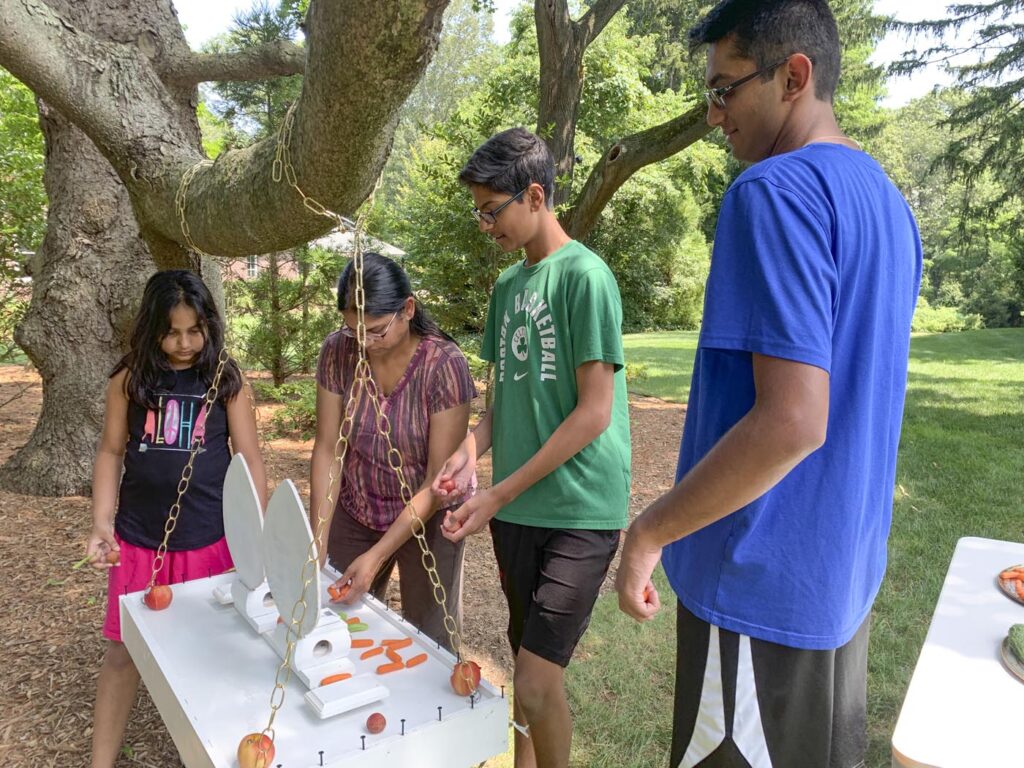
What Is Seva?
Seva is a Sanskrit word for “selfless service,” possibly considered the most important practice in Hinduism. Aligned with karma yoga, it is an act of giving or doing without expecting anything in return, such as praise, rewards or recognition. At Hindu temples all over the world, children and adults are taught about choosing a selfless path towards moksha (liberation) through the examples of Lord Hanuman in the Mahabharata and the Ramayana. We are taught about character traits, such as devotion, humility and gratitude, and unselfish actions such as tan, man and dhan seva in order to attain the Supreme.
Tan–seva refers to service performed with the body, the physical effort and action, like Rohan’s temple cleanup. Man–seva involves service through the mind, offering our knowledge, skills or emotional support, like Maya’s tutoring. Finally, dhan–seva is service through monetary or material contributions, like Priya’s fundraising efforts. Just as karma yoga emphasizes performing one’s duties without attachment to the fruits of those actions, seva encourages us to act with a pure intention, focusing on the benefit to others rather than personal gain. In the Bhagavad Gita, Shri Krishna says: “Without being attached to the results of your actions to help others, one should act as a mere act of duty, because by working without attachments, one attains the Supreme.”
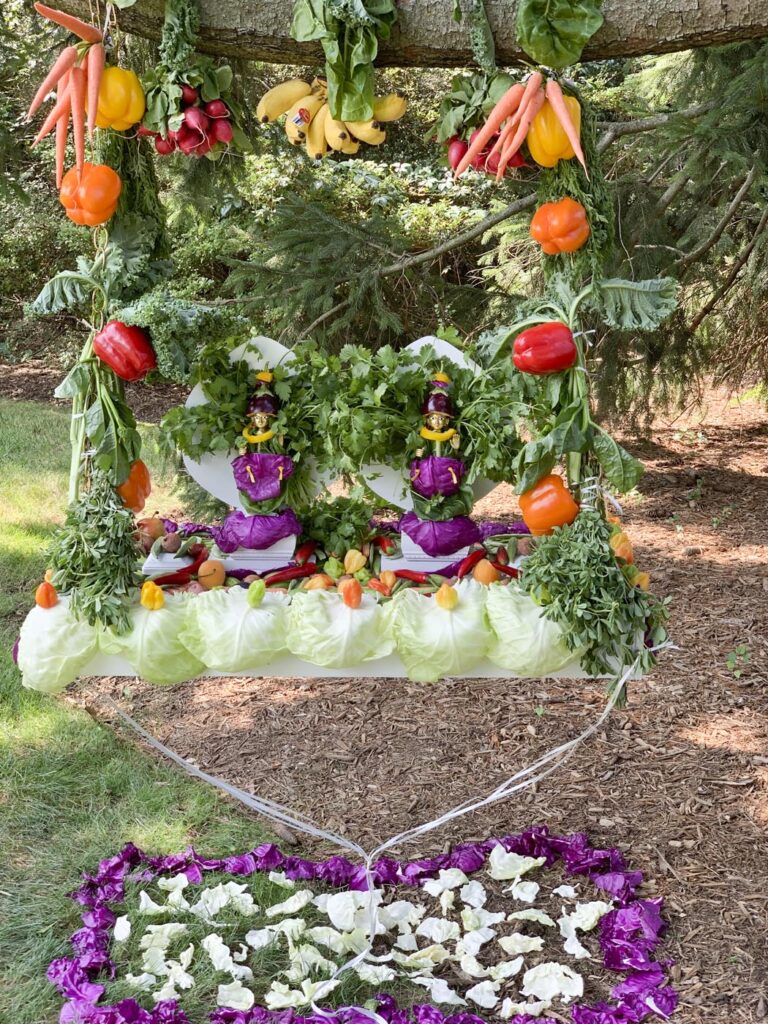
Why Does Seva Matter for Youth?
Are you so focused on your own grades, your own friend drama or your own social media feed that you can easily feel like you are living in a bubble? If yes, seva is like a pin that pops that bubble. When we are actively engaged in helping others, we are forced to step outside our own world and see things from someone else’s perspective. This is not just about being “nice.” It is a powerful way to build empathy by truly understanding others’ experiences. Surprisingly, it also cultivates leadership skills, like the old saying, “A true leader is a servant first.”
When we focus on the needs of others and work to support them, we will naturally develop qualities like responsibility, initiative and the ability to work as part of a team. For example, when Rohan organized the temple cleanup, he delegated tasks and motivated people. That is a real superhero power that grew out of a desire to serve. Also, the beauty of seva lies in its availability; it does not require grand gestures. Simple everyday actions like helping classmates, caring for siblings or offering emotional support to a friend can start a wave of positive impact.
Service Testimonies
A powerful example of seva in action is the annual Annakut Seva during Diwali at many Hindu temples across the world. This is my favourite time of the year. My friends and I are engrossed in the vibrant chaos and joyous energy as dozens of volunteers, many of them teenagers, gather to prepare and arrange hundreds of dishes for an offering to the Deities. “This is not just about cooking. It is a profound act of physical effort (tan–seva) as we chop, stir and meticulously organize, often for hours on end,” said Heyli. We arrange all the dishes according to Indian sweets, American baked items, salty snacks (farshans), cooked vegetables (shaaks) and various flatbreads (roti, puri, naan, etc.). Additionally, we organize an immense human chain to pass all the food items and make a mountain of food (annakut) for the Deities.
According to Vedanti, a youth volunteer, “My favorite seva is during Hindola (swing) season. I love creating various colorful decorations with vegetables, beads, flowers and paper origami around the swing of God during Jasmati and Holi.” The reward is not individual praise, but the collective joy and spiritual fulfillment of participating in such a grand act of devotion. Witnessing the rows of food, knowing you played a part in this immense offering, or being part of creating aesthetically pleasing decorations for Deities, provides a unique sense of connection and purpose that transcends the everyday.
Steps to Start Your Seva Journey
Seva can be motivated by one’s inner reflection. It is crucial to find your passion by identifying a cause that resonates with you. Do you like helping animals, the environment, education or the elderly? Try to be creative and think beyond just donating money. As young adults, we can offer our valuable time, our great skills (tutoring, tech help, artistic talents), or simply our high energy. So, gather up a team and invite your friends, family members and classmates to join you. Starting a seva team can amplify your impact and make it more fun! Lastly, always reflect and learn after each act of seva. How did it make you feel? What did you learn about yourself and the world around you?
Mahatma Gandhi famously stated, “The best way to find yourself is to lose yourself in the service of others.”
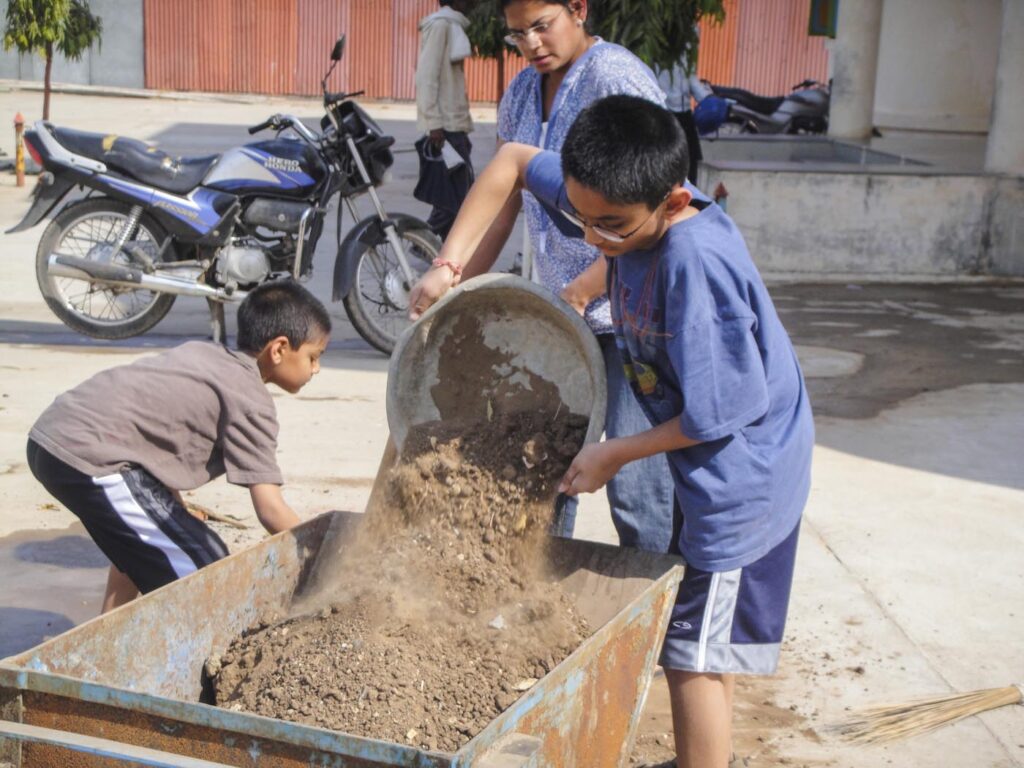
Final Thoughts
Find your superpower today! Embrace the various forms of seva (tan, man, dhan) in your everyday activities. Seva is not just an abstract ideal but a practical pathway for teenagers to actively shape a more caring and connected world, one act of kindness, one moment of service at a time. Let this hidden superpower transform you into not just a better student or friend, but a more compassionate and stronger human being.
About The Author
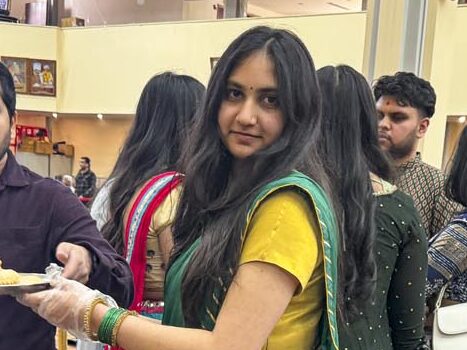
Bhoomi Jobanputra, 16, is a high school sophomore in New York, US. She is the Youth Education Coordinator at the nonprofit Satsang with a Smile, where she creates and runs workshops for young children integrating Hindu culture and moral character values. She is also a Youth Leader at a Hindu temple in New Jersey.
